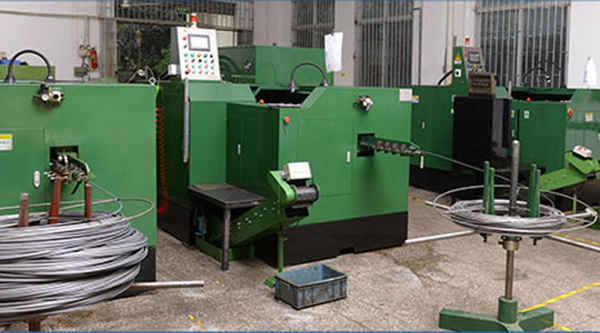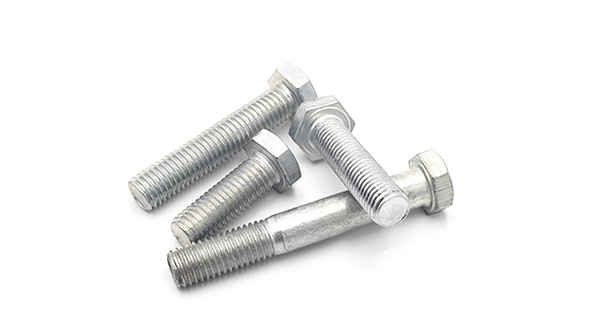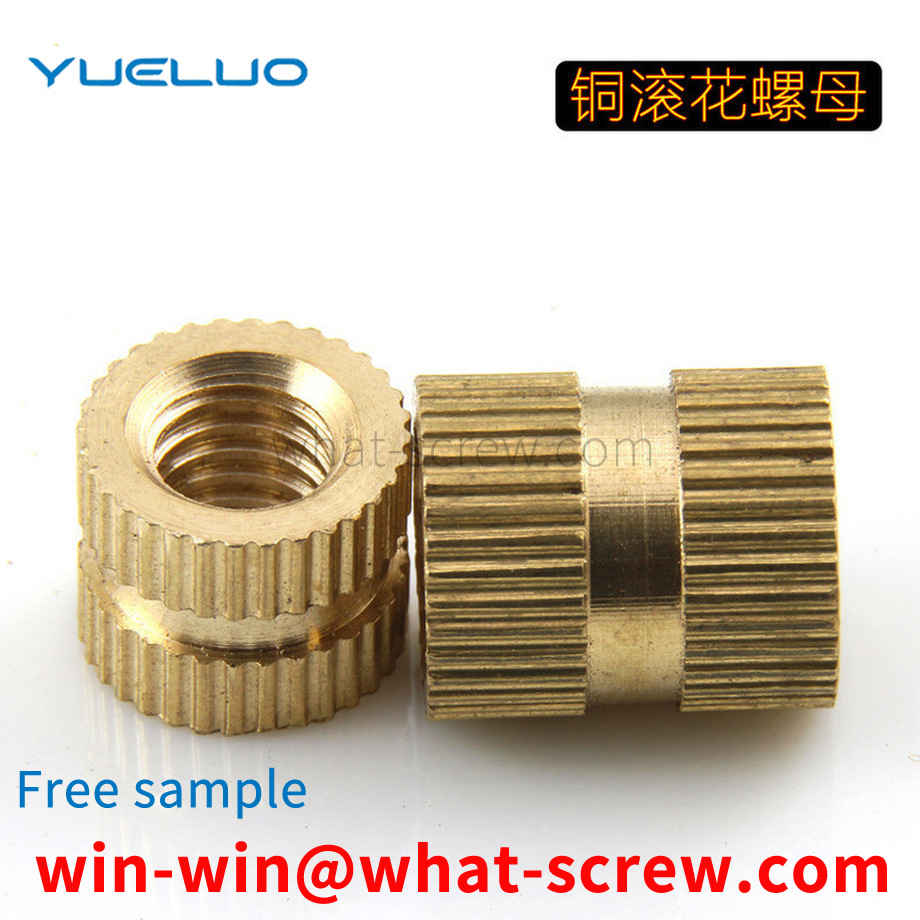What is the tolerance range of precision screws?
What is the tolerance range of precision screws?
Service Hotline
+86760-8787 8587We have more than ten years of production experience in the screw industry, the main products are: combination Daquan, A450 toothed nut, hexagon socket expansion bolt, link buckle carabiner, fine-tooth hexagonal fine buckle, 304 semi-stainless steel rivet, A-type key pin, smooth surface Flat head screws, six-sided nuts, cross recessed external bolts, GB30DIN933 screws, high-strength screws for steel structures, set extension bolts screws, color zinc bolts, environmentally friendly brass external hexagon bolts and other fasteners, due to the different materials and specifications of the products Different, the price is also different, if you need, please contact us.


Several concepts about high-strength bolts 1. According to the specified performance level of bolts above 8.8, they are called high-strength bolts. The current national standard only lists M39. For large-size specifications, especially those with a length greater than 10 to 15 times High-strength bolts, domestic production is still short-term. The difference between high-strength bolts and ordinary bolts: High-strength bolts can withstand larger loads than ordinary bolts of the same specification. High-strength outer hexagon bolts High-strength outer hexagon bolts are made of Q235 (ie A3). The material of high-strength bolts is 35# steel or other high-quality materials, which are heat-treated after being made to improve the strength. The difference between the two is the difference in material strength. From raw materials: High-strength bolts are made of high-strength materials. The screws, nuts and washers of high-strength bolts are all made of high-strength steel, such as No. 45 steel, 40 boron steel, 20 manganese titanium boron steel, 35CrMoA, etc. Ordinary bolts are usually made of Q235 (equivalent to A3 in the past) steel. In terms of strength grades: high-strength bolts are increasingly used. Two strength grades are commonly used, 8.8s and 10.9s, of which 10.9 is the majority. The strength level of ordinary bolts is lower, generally 4.4, 4.8, 5.6 and 8.8. High-strength bolts High-strength bolts are viewed from the force characteristics: high-strength bolts apply pretension and transmit external forces by friction. Ordinary bolt connection relies on the shear resistance of the bolt and the bearing of the hole wall to transmit the shear force. When the nut is tightened, the pre-pressure is very small, and its influence can be ignored. In addition to its high material strength, high-strength bolts also exert a large amount of pressure on the bolts. The pre-pressure generates extrusion force between the connecting components, so that there is a large friction force perpendicular to the direction of the screw, and the pre-pressure, anti-slip coefficient and steel type directly affect the bearing capacity of high-strength bolts. According to the force characteristics, it is divided into pressure type and friction type. The calculation methods of the two are different. The minimum specification of high-strength bolts is M12, and M16~M30 are commonly used. The performance of super-large bolts is unstable and should be used with caution in design.

It can be seen that the above processing method can only be used to process a relatively simple retaining ring (that is, only a ring body, which cannot be cut or punched), and the outer surface of the processed retaining ring still cannot be guaranteed to be completely flat.


The existing welding stud only has one welding spot on the top surface of the screw head, and the welding stud is relatively long and thick. When welding, the current will be relatively large, so that all the welding spots can be melted to complete the welding process. Because there is only one welding spot, and the welding stud is relatively long and thick, the increase of the current during welding will deform the melting point of the metal plate, which will lead to the penetration of the metal plate, which will lead to the concave and convex welding scars on the back of the welded plate, which will affect the appearance. Only one welding spot is located to be welded with the metal plate. During welding, the uneven parallelism of one spot leads to insufficient stability and a certain slope. It is easy for workers to have insufficient stability and parallelism when operating, resulting in wasted time and high scrap rate. increase.

structure for concealing installation screws, comprising a locking piece, a driving piece, a bottom plate, a blocking cover and a handle head, the lower ends of the two locking pieces are provided with positioning holes, and the locking pieces pass through the positioning holes and the locking piece positioning posts on the base The occlusal and fixed, the middle of the two locking pieces is provided with a protruding point, the movable groove of the driving piece corresponds to the protruding points of the three locking pieces for fixing, the riveting point holes and screw holes of the bottom plate and the riveting points of the base The position that matches the screw holes and is fixed by screws, the blocking cover is directly inserted into the bottom plate, and the blocking cover is fixed by the rotating drive piece, the handle head is inserted into the base, and the slot of the handle head moves to the locking piece at the locking piece Lock the handle.

The above content is uploaded by Yueluo or the Internet. If there is any copyright issue, please contact [email protected].

What is the tolerance range of precision screws?

How to choose the right stainless steel screw manufacturer?

Why is there an R angle under the head of the hexagon head s...

We have more than ten years of experience in screw industry ...

We have more than ten years of experience in screw industry ...

We have more than ten years of experience in screw industry ...

We have more than ten years of production experience in the ...